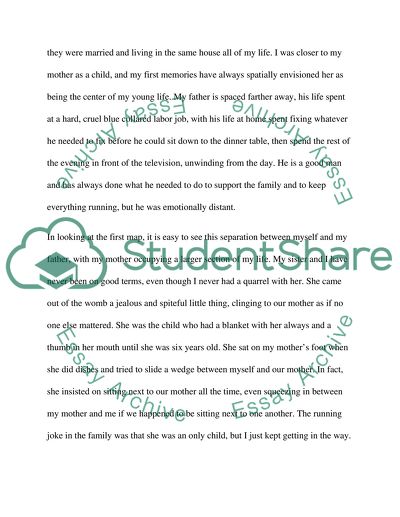Cite this document
(“Peace-Centered Model Book Report/Review Example | Topics and Well Written Essays - 2500 words”, n.d.)
Retrieved from https://studentshare.org/other/1427526-peace-centered-model
Retrieved from https://studentshare.org/other/1427526-peace-centered-model
(Peace-Centered Model Book Report/Review Example | Topics and Well Written Essays - 2500 Words)
https://studentshare.org/other/1427526-peace-centered-model.
https://studentshare.org/other/1427526-peace-centered-model.
“Peace-Centered Model Book Report/Review Example | Topics and Well Written Essays - 2500 Words”, n.d. https://studentshare.org/other/1427526-peace-centered-model.


